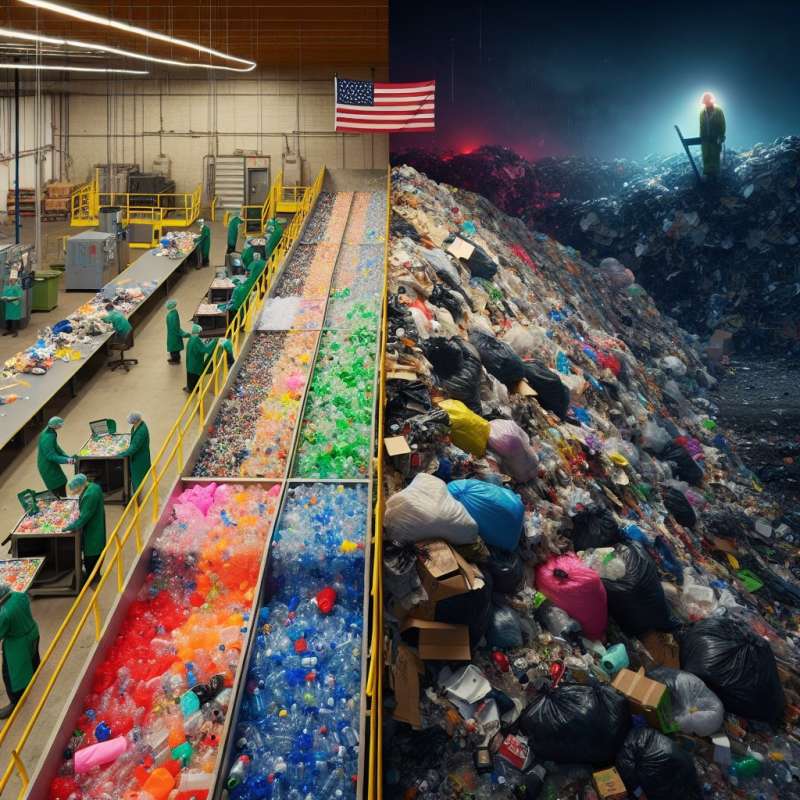
Plastic Recycling Reality
Despite recycling efforts, a staggering 90% of plastic isn't recycled. This is due to the complexity of sorting and processing different types of plastics, which often makes recycling economically unviable.
Single-Use Plastic Predominance
Single-use plastics, which are typically used once and discarded, account for over half of plastic production. Their design for disposability significantly hinders recycling rates.
Recycling's Dirty Secret
Recycling is not always clean or efficient. It can require significant energy, sometimes more than producing new plastic, and can generate secondary pollution due to the processes involved.
Bioplastics - A Solution?
Bioplastics, made from plant-based materials, promise a greener alternative. However, they currently represent less than 1% of the plastics market and aren't always compostable.
Global Disparity in Recycling
Recycling rates vary widely by country, with some European countries recycling over 30% of their plastic waste while the U.S. recycles less than 10%.
The Great Pacific Garbage Patch
The Great Pacific Garbage Patch is the largest accumulation of ocean plastic. It's estimated to be twice the size of Texas, highlighting the severity of plastic waste mismanagement.
Reducing, Not Just Recycling
The focus on reducing and reusing materials is gaining traction as a more sustainable solution than recycling alone, essential for addressing the plastic waste crisis effectively.Plastic in Our Food
Microplastics have been found in human blood and even in the placenta, raising concerns about the long-term health effects.
What percentage of plastic isn't recycled?
Less than 50%
Around 90%
Over 70%
Company